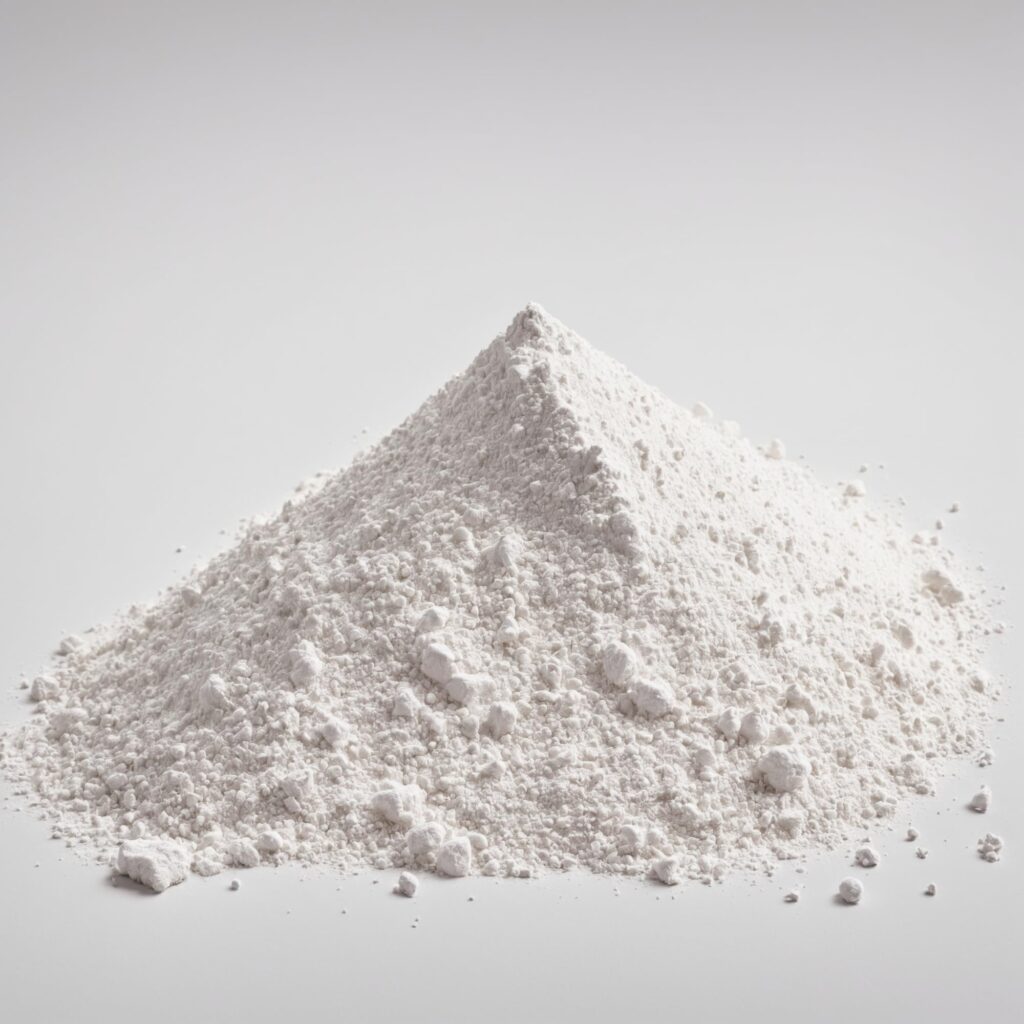
Understanding the Formula of Plaster of Paris
Plaster of Paris (POP) is a widely used material in construction, art, and decoration. It is a quick-setting compound derived from gypsum, known for its ease of use and smooth finish. Let’s explore its chemical formula, properties, and applications in detail.
What is Plaster of Paris?
Plaster of Paris is produced by heating gypsum (CaSO₄·2H₂O) to remove water, resulting in a fine white powder. When mixed with water, it forms a paste that quickly sets into a solid.
Chemical Formula of Plaster of Paris
The chemical formula of Plaster of Paris is:
CaSO₄\cdotp½H₂O
This is called calcium sulfate hemihydrate, which indicates that for every molecule of calcium sulfate, there is half a molecule of water of crystallization.
How is Plaster of Paris Made?
Heating Gypsum: Gypsum (CaSO₄\cdotp2H₂O\text{CaSO₄·2H₂O}CaSO₄\cdotp2H₂O) is heated to approximately 150°C (300°F), removing 1.5 molecules of water.
CaSO₄\cdotp2H₂O heat CaSO₄\cdotp½H₂O+1.5H2O
Formation of POP: The resulting material is Plaster of Paris, stored as a dry powder.
Rehydration During Use: When mixed with water, POP reacts to form gypsum again, setting into a solid structure.
CaSO₄\cdotp½H₂O+1.5H2O→CaSO₄\cdotp2H₂O
Properties of Plaster of Paris
- Quick-Setting: Sets within 10-15 minutes after mixing with water.
- Lightweight: Ideal for non-structural applications.
- Smooth Finish: Perfect for decorative and artistic purposes.
- Non-Toxic: Safe for use in interior spaces.
Applications of Plaster of Paris
- Construction: False ceilings, wall finishes, moldings, and cornices.
- Art and Crafts: Sculptures, decorative items, craft molds, and casts.
- Medical Uses: Orthopedic casts for bone fractures.
- Repairs: Patching holes and cracks in walls.
Advantages of Plaster of Paris
- Easy to apply and mold into various shapes.
- Provides a smooth, aesthetic finish.
- Sets quickly, reducing project time.
- Affordable and widely available.
Limitations of Plaster of Paris
- Not suitable for outdoor applications due to low moisture resistance.
- Brittle when subjected to heavy loads or impacts.
Conclusion
The simple yet effective chemical formula of Plaster of Paris (CaSO₄·½H₂O) highlights its versatility and practicality. Whether you’re an artist creating sculptures, a builder working on interiors, or a DIY enthusiast patching walls, POP is an essential material that delivers excellent results with minimal effort.